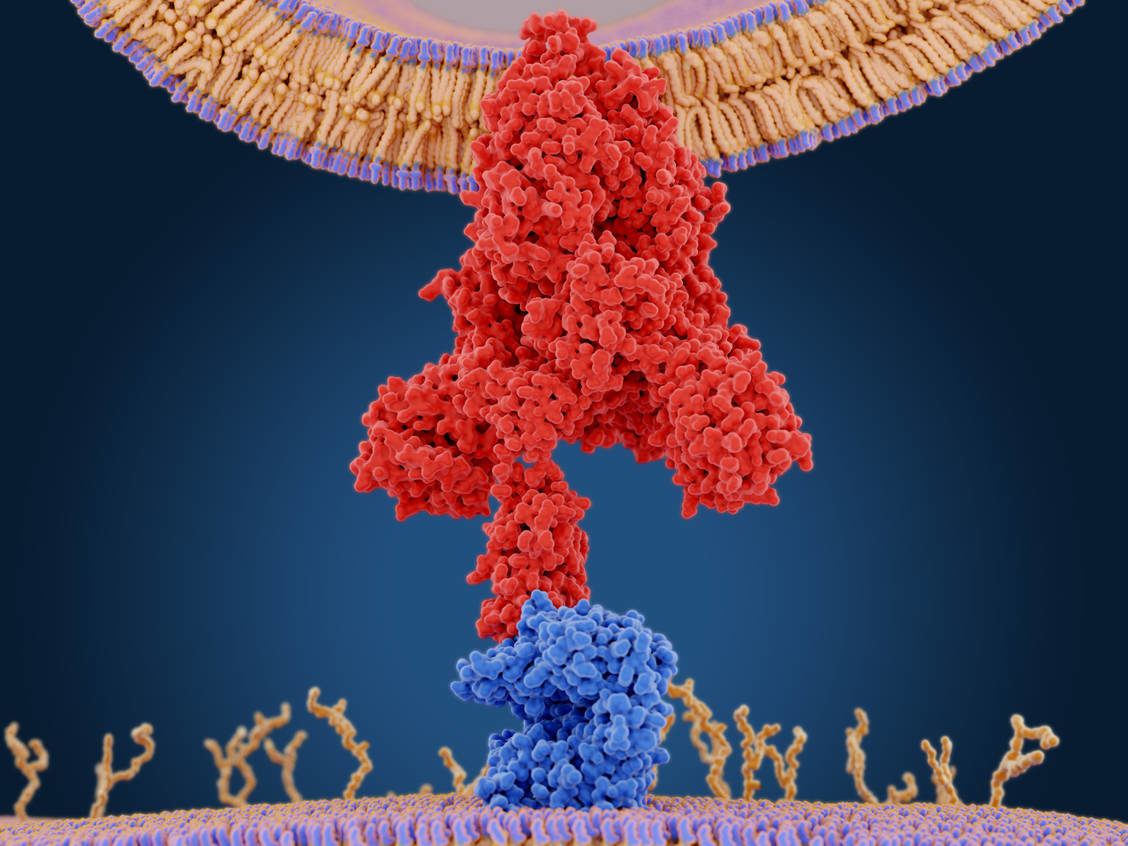
The following LiveScience article provides some clues as to how both the heart and lungs can be seriously affected during a COVID-19 infection:
The mysterious connection between the coronavirus and the heartA pre-print on smoking and hospitalization for COVID-19 brings up this same issue of whether the ACE2 molecule gateway is harmful or beneficial. We all know how smoking is terrible for people and is related to many illnesses, right? Well, the puzzling thing is that smokers and ex-smokers seem to fare better than non-smokers when it comes to COVID-19 complications. The following paper "raises the hypothesis that nicotine may have beneficial effects on COVID-19":
"We're seeing cases of people who don't have an underlying heart disease, who are getting heart damage," said Dr. Erin Michos, the associate director of preventive cardiology at Johns Hopkins School of Medicine. Heart damage isn't typical in mild cases of COVID-19, and tends to occur more often in patients who have severe symptoms and are hospitalized, she said. [...]
Both heart cells and lung cells are covered with surface proteins known as angiotensin-converting enzyme 2 (ACE2) — these molecules serve as "doorways" for the virus to enter cells. But this enzyme is a "double-edged sword," she said. On one hand, the ACE2 molecule acts as a gateway for the virus to enter the cell and replicate, but on the other hand, it normally serves a "protective" function, Michos said.
When tissues in the body are damaged — either by an invading virus such as SARS-CoV-2 or by other means, the body's natural healing response involves releasing inflammatory molecules, such as small proteins called cytokines, into the bloodstream. But paradoxically, too much inflammation can actually make things worse. The ACE2 enzyme acts as an anti-inflammatory, keeping immune cells from inflicting more damage on the body's own cells.
But when the virus latches onto ACE2 proteins, these proteins get knocked out of commission, possibly reducing the anti-inflammatory protection that they give. So the virus may be acting as a double-whammy by damaging cells directly and preventing the body from protecting tissues from inflammatory damage.
"If the heart muscle is inflamed and damaged by the virus, the heart can't function," she said.
The novel coronavirus might also indirectly damage the heart. In this scenario, the patient's immune system winds up "going haywire," Michos said. This scenario has played out in some really sick patients who have highly elevated inflammatory markers — or proteins that signal high levels of inflammation in the body.
This is called a "cytokine storm," Michos said. Cytokine storms damage organs throughout the body, including the heart and liver, she added. It's not clear why some people have such an elevated response compared with others, but some people could be genetically prone to it, she added. [...]
It's really hard to tease out whether having more ACE2 is helpful or harmful, as these proteins are how the virus enters the cells, but also known to protect the cells against injury, Michos said.
Smoking, vaping and hospitalization for COVID-19To explain why smokers seemed to fare better, the authors speculate that nicotine might have beneficial immunomodulatory effects. However, they further state that interactions between nicotine and the renin-angiotensin-aldosterone axis remain unclear.
Konstantinos Farsalinos1, Anastasia Barbouni1, Raymond Niaura2Abstract
- University of West Attica, Athens, Greece
- New York University, United States
The study purpose was to examine the prevalence of current e-cigarette use and current smoking among hospitalized patients with COVID-19 in China, considering the high population smoking prevalence in the country (26.6%, 50.5% in males and 2.1% in females). A systematic research of the literature (PubMed) was performed on April 1. Out of 432 studies, we identified 13 studies examining the clinical characteristics of a total of 5960 hospitalized COVID-19 patients that presented data on the smoking status. No study reported e-cigarette use among COVID-19 patients. The prevalence of current smoking ranged from 1.4% to 12.6%. The random effect pooled prevalence of current smoking was 6.5% (95%CI: 4.9-8.2%). This preliminary analysis does not support the argument that current smoking is a risk factor for hospitalization for COVID-19. Instead, these consistent observations, which are further emphasized by the low prevalence of current smoking among COVID-19 patients in the US (1.3%), raises the hypothesis that nicotine may have beneficial effects on COVID-19. This could be attributed to its immunomodulatory effects and its interaction with the renin-angiotensin system. However, other confounding factors need to be considered and the accuracy of the recorded smoking status needs to be determined. However, the results were remarkably consistent across all studies and were recently verified in the first case series of COVID-19 cases in the US. In conclusion, the generalized advice to quit smoking as a measure to improve health risk remains valid, but no recommendation can currently be made concerning the effects of smoking on the risk of hospitalization for COVID-19. No studies recording e-cigarette use status among hospitalized COVID-19 patients were identified. Thus, no recommendation can be made for e-cigarette users. The above-mentioned observations, together with the potential mechanisms through which nicotine interacts with the inflammatory process and the renin-angiotensin-aldosterone axis involved in the development of COVID-19, warrant an urgent investigation of the clinical effects of pharmaceutical nicotine on COVID-19 susceptibility, progression and severity.
At the other end of this debate, the following paper published in The American Journal of Physiology considers nicotine to have a detrimental effect on the body through the same system:
Nicotine and the renin-angiotensin systemThis paper included a graph to illustrate what is known about nicotine and angiotensin pathway:
doi.org/10.1152/ajpregu.00099.2018
This review focuses on the interaction between nicotine and the renin-angiotensin system (RAS), one of the most important regulatory systems on autonomic, cardiovascular, and pulmonary functions in both health and disease. The literature presented in this review strongly suggests that nicotine alters the homeostasis of the RAS by upregulating the detrimental angiotensin-converting enzyme (ACE)/angiotensin (ANG)-II/ANG II type 1 receptor axis and downregulating the compensatory ACE2/ANG-(1-7)/Mas receptor axis, contributing to the development of CVPD.
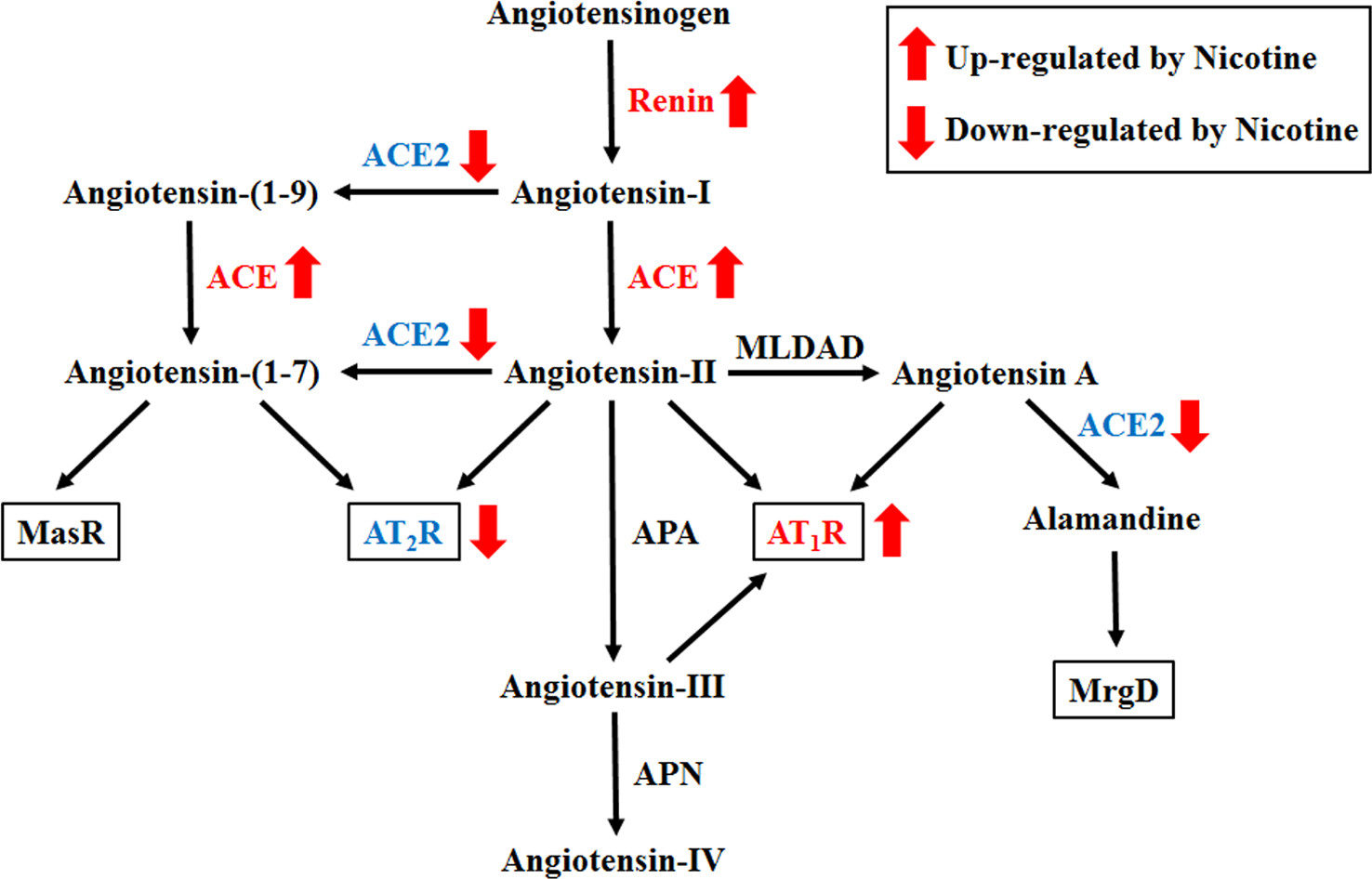
The vagus nerve is the heart of the parasympathetic nervous system. It is the body's own 'anti-stress system'. The vagus nerve is your calming and relaxing nerve, which extends from your brain down to your abdomen, dividing into multiple branches that reach your throat, your heart, lungs, and all your viscera. It is also called 'the wanderer', as it wanders throughout your body. When you take deep breaths, this wandering nerve is activated and it releases acetylcholine, which reduces the production of inflammatory molecules like cytokines. Recall the 'cytokine storm' that occurs in severe COVID-19 cases.
Receptors for acetylcholine, also known as cholinergic receptors, fall into two categories based on chemicals that mimic or antagonize the action of acetylcholine on its target cells. In classic studies, nicotine, isolated from tobacco, was one of the chemicals used to distinguish acetylcholine receptors. This is because our bodies contain nicotinic receptors for acetylcholine. People who smoke often undergo slight temporary impairment of cognitive abilities when they quit smoking, until their bodies re-adjust to the cessation of the nicotine influx. This worsening is because nicotine acts as an agonist to mimic acetylcholine receptors, which is important for learning, memory, and cognitive functions.
The production of cytokines, as well as tumor necrosis factor (TNF) and interleukin-6 (IL-6), protect us against pathogens and promote tissue repair, but excessive release of cytokines can result in systemic inflammation, organ failure, and ultimately death, as is happening in some patients with COVID-19.
Autonomous regulation of local and systemic inflammation - that is, the molecular link between the brain and the immune system - is done through the anti-inflammatory cholinergic pathway. This is the mechanism comprising the vagus nerve and its neurotransmitter acetylcholine, a process that depends on the alpha-7 sub-unit of the nicotinic acetylcholine receptor (α7 nAChR).
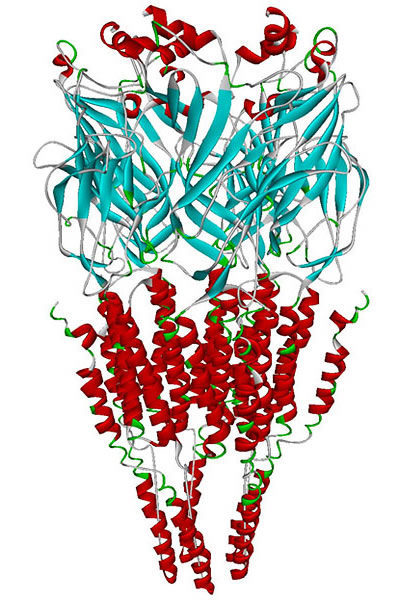
The following graph, where a bacterial infection promotes excessive cytokine production, gives a summary of the cholinergic anti-inflammatory pathway, which is activated endogenously (internally) by acetylcholine (Ach) or exogenously (externally) by nicotine (Nic):
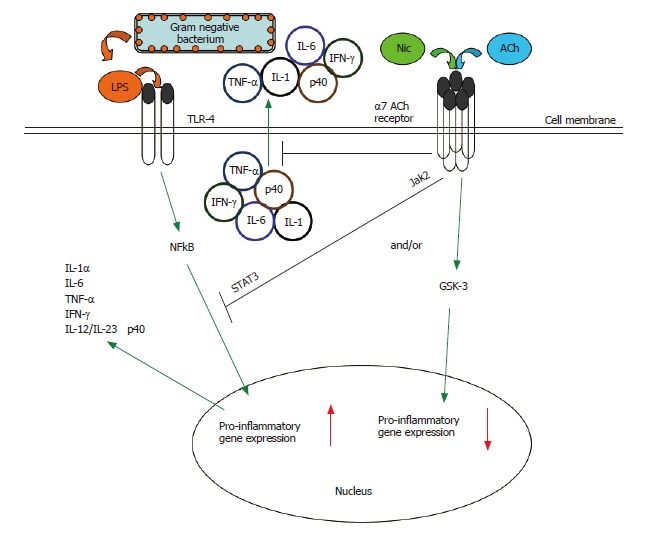
How then can the α7 nAChR-dependent cholinergic anti-inflammatory pathway be so easily overlooked or ignored?
As a practitioner of neural therapy, it's impossible for me to miss this connection. In fact, all neural therapists know that the autonomous nervous system (or vegetative nervous system) is the most under-appreciated system in mainstream medicine, yet it is central to everything about us: how fast we heal from injuries, how pain is perceived, how well the digestive system is working, how fast the heart beats, how well we regulate stress and inflammation, etc. It connects every system in the body, and data shows that it can do so in non-linear ways.
Your autonomous nervous system is key to regulating many if not most systems in your body, and it functions effectively at doing so right up until whichever affliction becomes the 'straw that breaks the camel's back'. However banal some new illness or complaint at first appears, if it comes along after a slew of prior assaults to your system, chances are that the autonomous nervous system has 'collapsed' and no longer regulates the chaos in your body.
Your otherwise mundane new illness might - to an allopathic practitioner unable to identify it via standard tests like endoscopy, ultrasound, scans, etc. - seem unrelated to systemic or chronic issues. But that's likely because he or she is missing the 'bigger picture'. Neural therapy, also known as Regulatory Medicine, is based on activating the parasympathetic 'anti-stress' system and its cholinergic anti-inflammatory pathway so that a person can better regulate stress and disease.
The autonomic nervous system is a major network of nerve fibers running from the brain throughout the entire body AND vice versa, with neurons reaching most of our body's organs. These neurons release chemicals which affect target cells in our organs. What this means is that regardless of the chemicals affecting target cells such as the renin-angiotensin system, which is a hot topic in the latest publications of several peer-reviewed journals, the autonomous nervous system remains the 'mastermind' which regulates processes such as vasoconstriction or vasodilation (constriction or dilation of blood vessels).
The autonomic nervous system regulates all the involuntary functions in our body - e.g. the eyes, glands (salivary, lacrimal, sweat), blood vessels, heart, larynx, trachea, the bronchi, the lungs, the stomach, the adrenal glands, the kidneys, the pancreas, the intestine, the bladder and the external genitalia). It is divided into two seemingly opposing subsystems: the sympathetic and the parasympathetic. The sympathetic system is associated with a fight-or-flight response to danger such as an infection. On the contrary, the parasympathetic system, as we reviewed above, is associated with growth, restoration and regeneration.
This is why activating the parasympathetic branch of the autonomous nervous system helps us reduce inflammation run amok. It puts a brake on the hyperactivity of the sympathetic branch in response to too much stress from a viral infection.
Let's go back to the main entry point into cells for COVID-19, the angiotensin-converting enzyme 2 (ACE2):
Angiotensin converting enzyme 2 (ACE2) is known to be present in most organs. ACE2 is attached to the cell membrane of mainly lung alveolar epithelial cells, enterocytes of the small intestine, arterial and venous endothelial cells and arterial smooth muscle cells in most organs. ACE2 mRNA expression is also found in the cerebral cortex, striatum, hypothalamus, and brainstem.The cerebral cortex, striatum, hypothalamus and brainstem are rich in cholinergic neurons, and they are all part of our nervous system. It also relates to our conscious self, learning and memory.
As I said at the beginning, a member of my close circle survived a viral-induced fulminant myocarditis and a weird lung pathology. He was out of the ICU and back at home before his fever recurred a couple of weeks later and was treated successfully with piperacillin-tazobactam. He doesn't smoke either and he nearly died. He also received several sessions of neural therapy (among many other therapeutic interventions) to help him battle his cytokine storm. The good news is that, since then, he has made an excellent recovery and is very pleased with the way his brain is working. His thinking abilities are as good as they've ever been. Not bad for someone who is over 75-years-old and does math and physics for a living!
Further references
- Pavlov, Valentin A. The cholinergic anti-inflammatory pathway. Brain, Behavior, and Immunity 19 (2005) 493 - 499.
- Rosas-Ballina, M. et al. Cholinergic control of inflammation. Journal of Internal Medicine, 2009: 265; 663-679.
- Van Westerloo, David J., The vagal immune reflex: a blessing from above. Wiener Medizinische Wochenschrift (2010) 160/5 - 6:112 - 117.
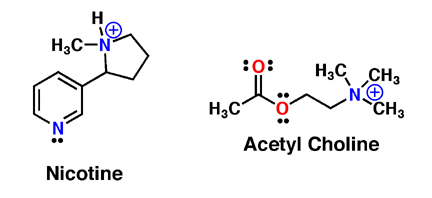



Reader Comments
-->Important to note:
May you have a look at that paper:
"Influenza vaccination and respiratory virus interference among Department of Defense personnel during the 2017–2018 influenza season"
[Link]
You will find in the conclusions:
"Vaccine derived virus interference was significantly associated with coronavirus and human metapneumovirus;"
It would explain why elderly people are dying more from the "Cytokine storm" : because tehy receive influenzy vaccin each and every year, so their immune is trained to overreact, specially to coronavirus.
This is confirmation in human, of what was written in the now (in)famous paper from 2015
[Link]
Why coronovirus is more deadly with elderly people ? Answer is in this paper… Please read with much attention around these 2 sentences, close to notes 14 and 15 :
“however, the vaccine failed to protect aged animals in which augmented immune pathology was also observed, indicating the possibility of the animals being harmed because of the vaccination15.”
…
“Together, these results confirm that the DIV vaccine would not be protective against infection with SHC014 and could possibly augment disease in the aged vaccinated group.”
Just as an aside, I wonder if vegans are more adversely affected than meat eaters in general?
I did notice that a lot of vegan food was still on the shelves at the height of the panic buying episode.
LOL!!
Viruses don't cause illnesses, let alone death - It has never been shown in any research to do so. In fact exosomes which the body produces when it faces toxicity like nicotine or poisons are indistinguishable from so-called viruses. It's a matter of mistaken identity.
Exosomes have the same ACE-2 receptors.
. Interesting that the ACE2 entry is also the entry for the ionophore quinine and zinc and that this is probably the low point in the year for Vitamin D production.